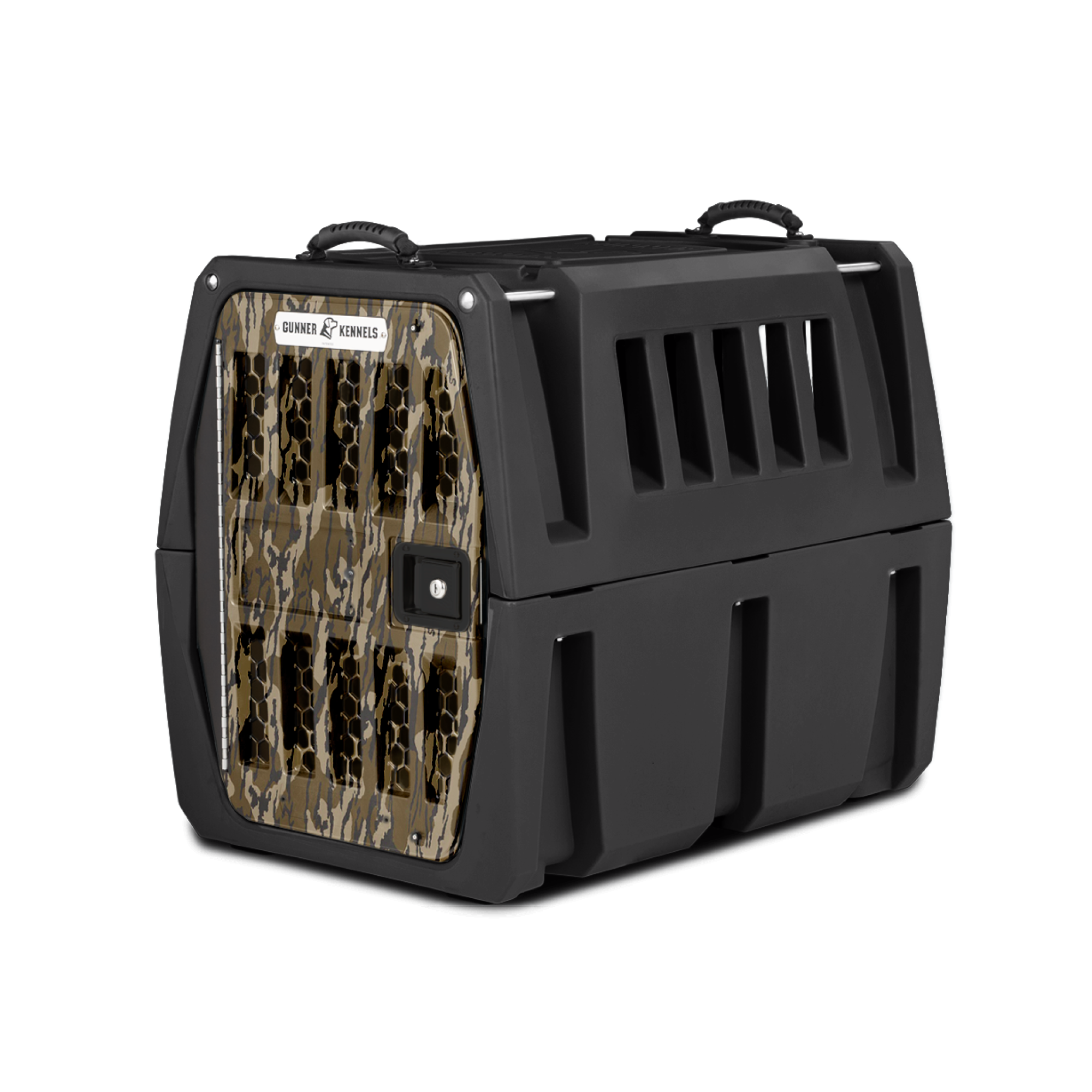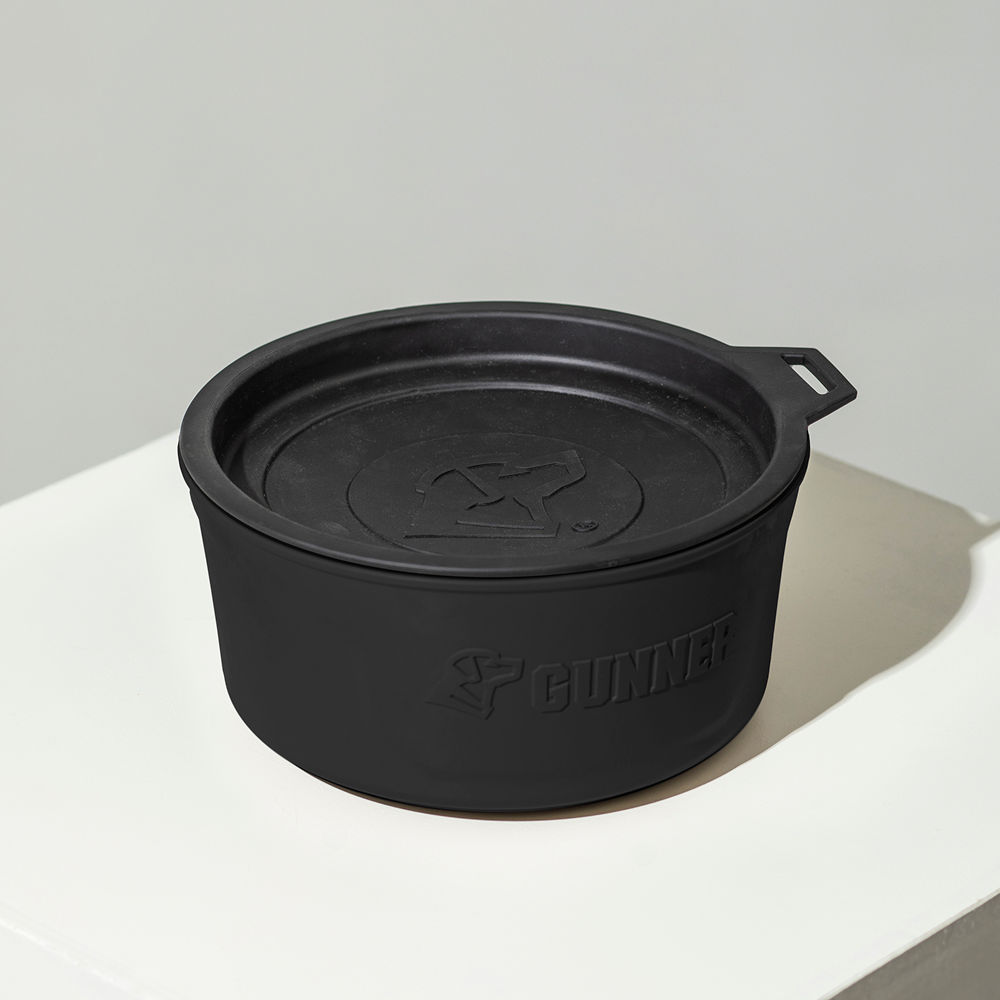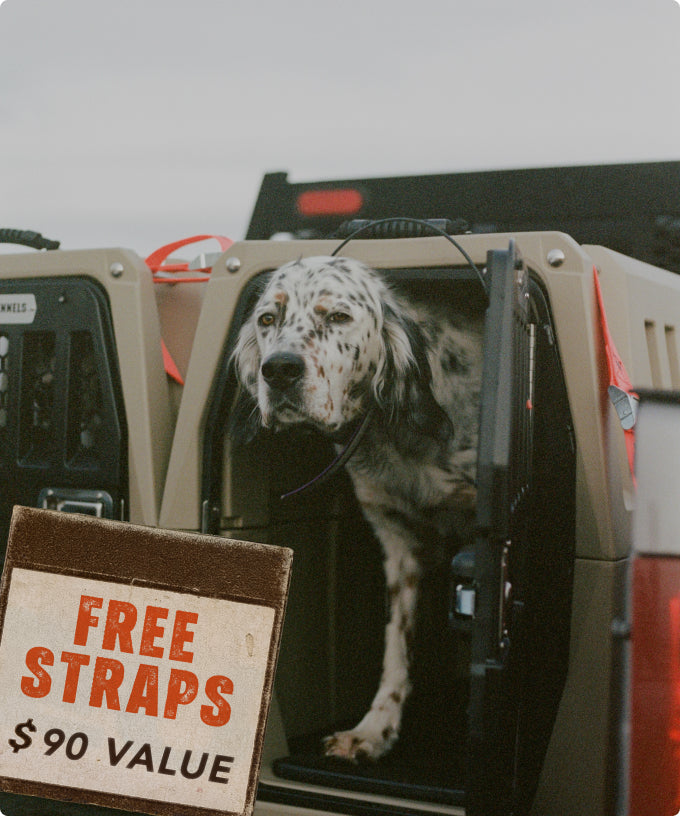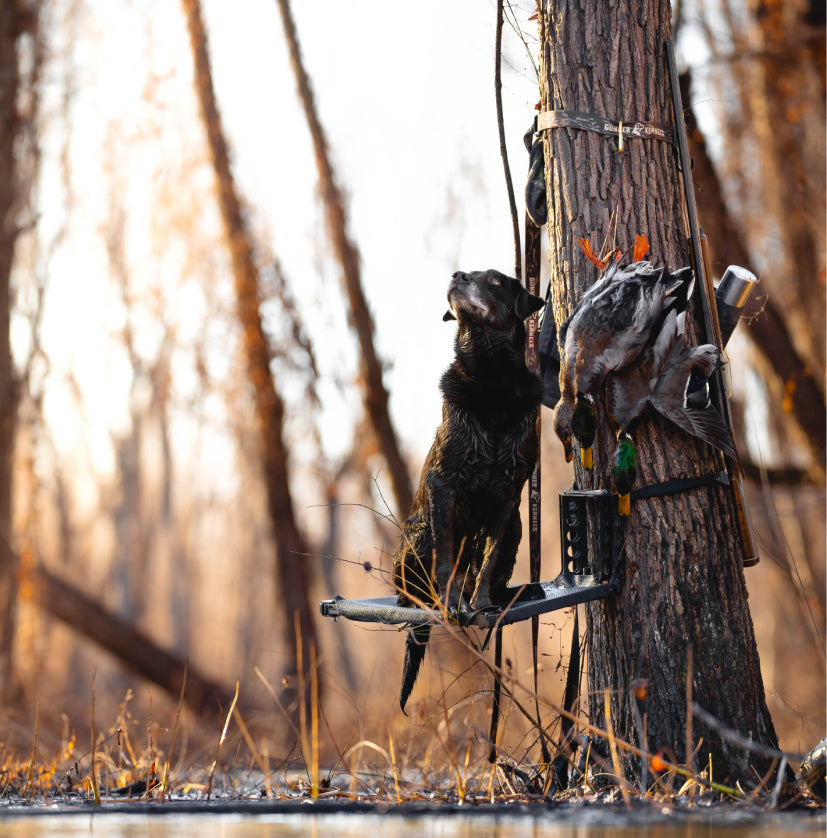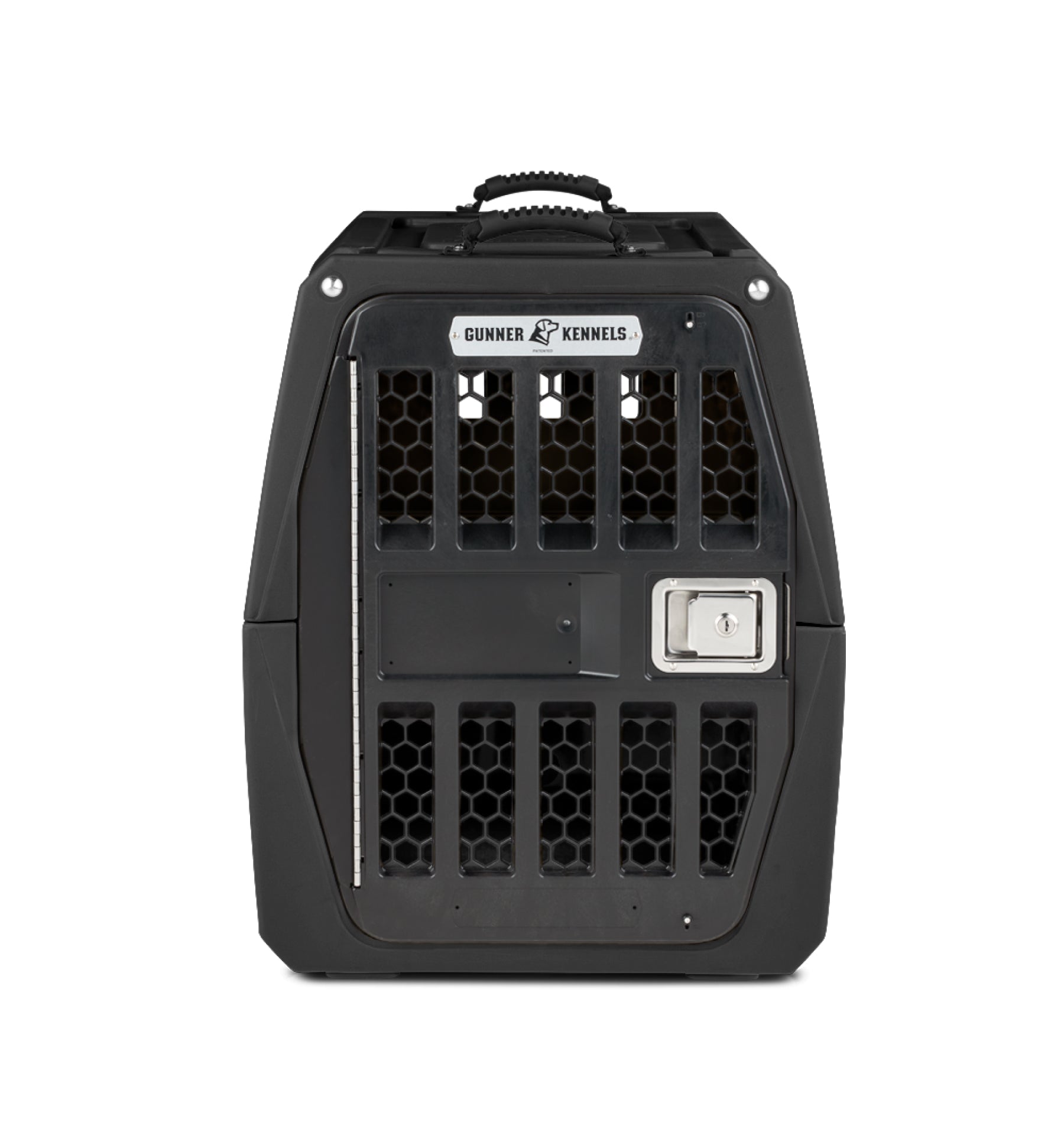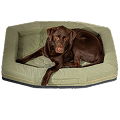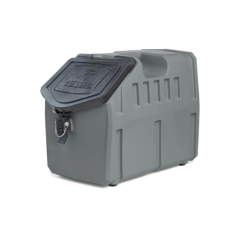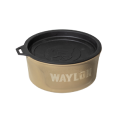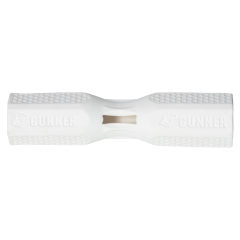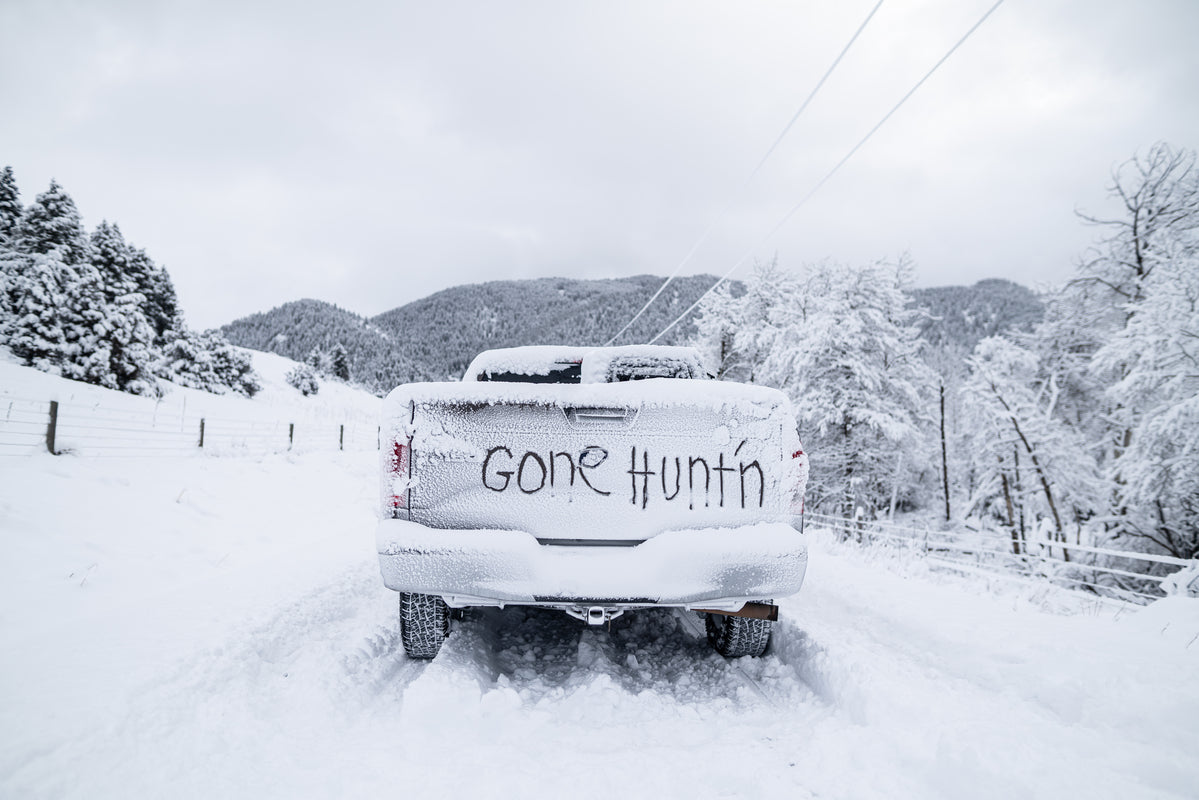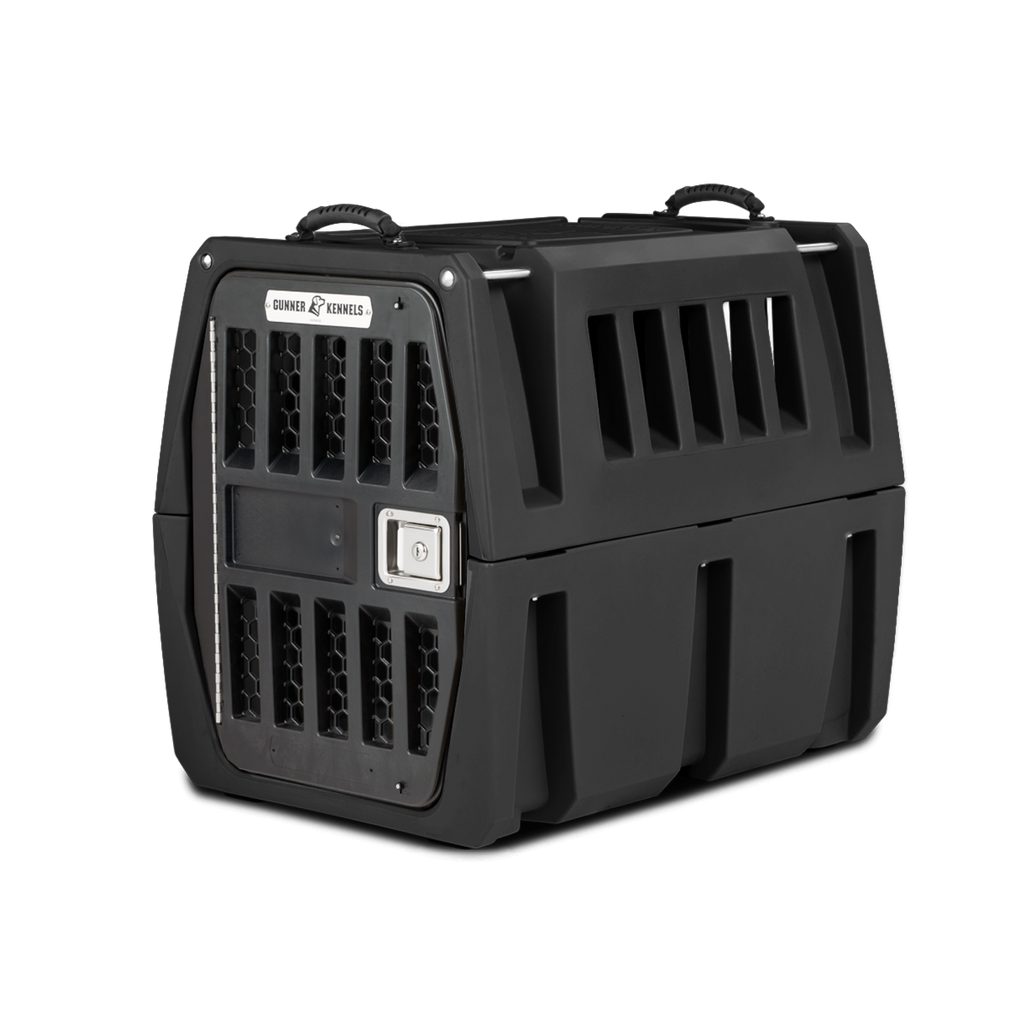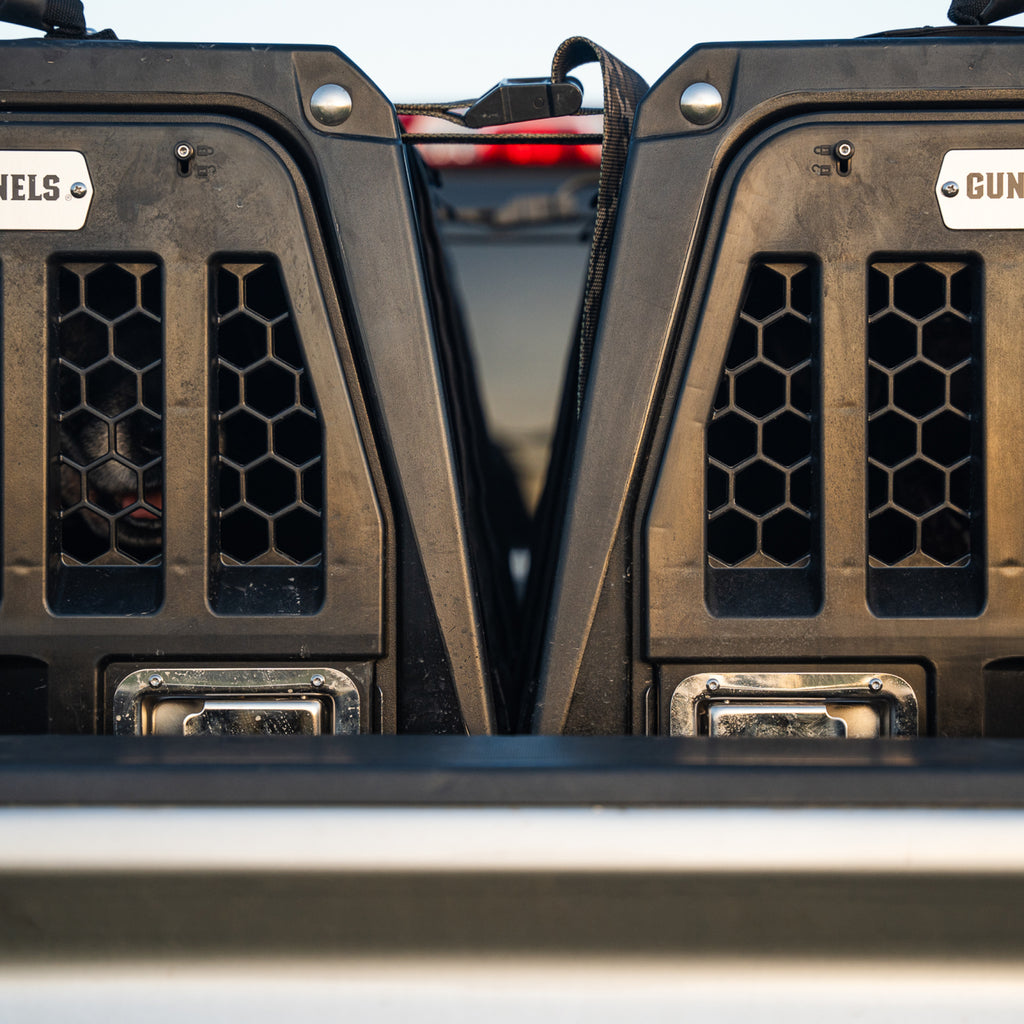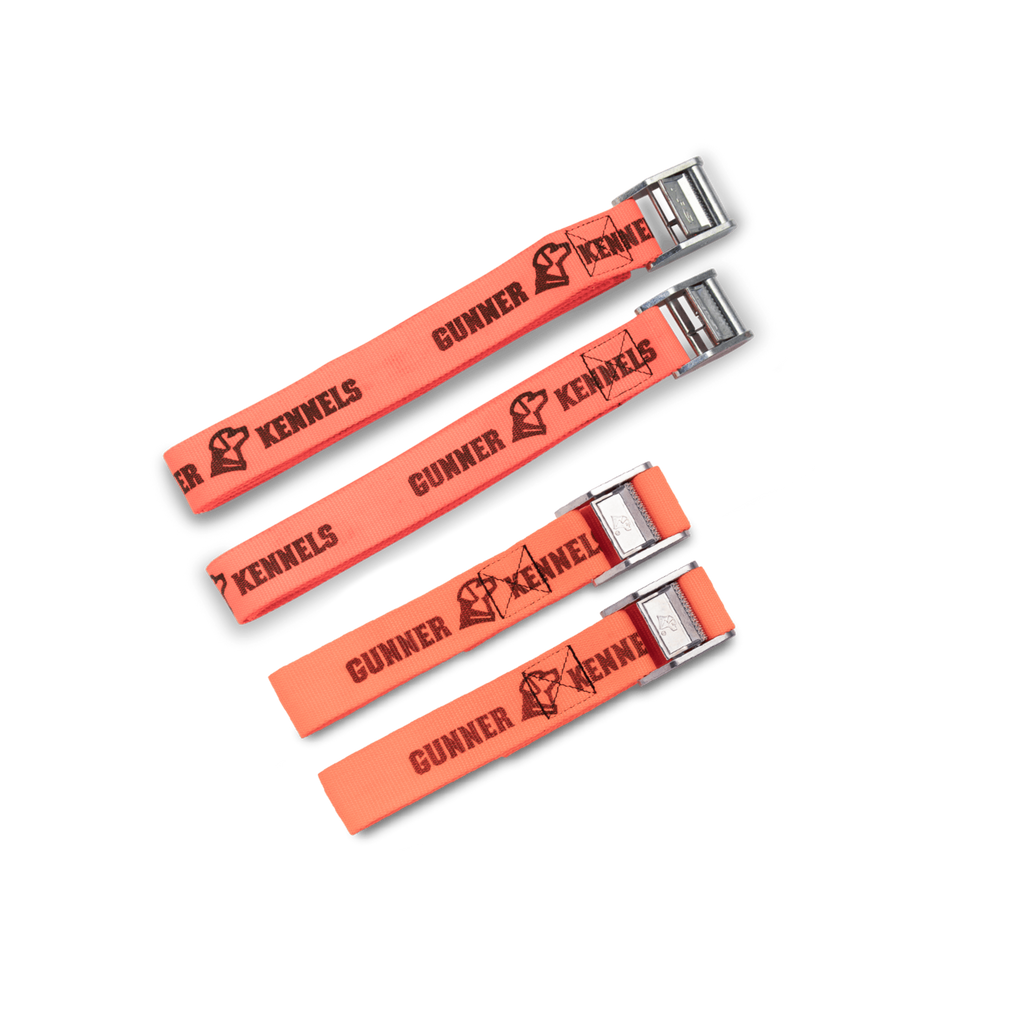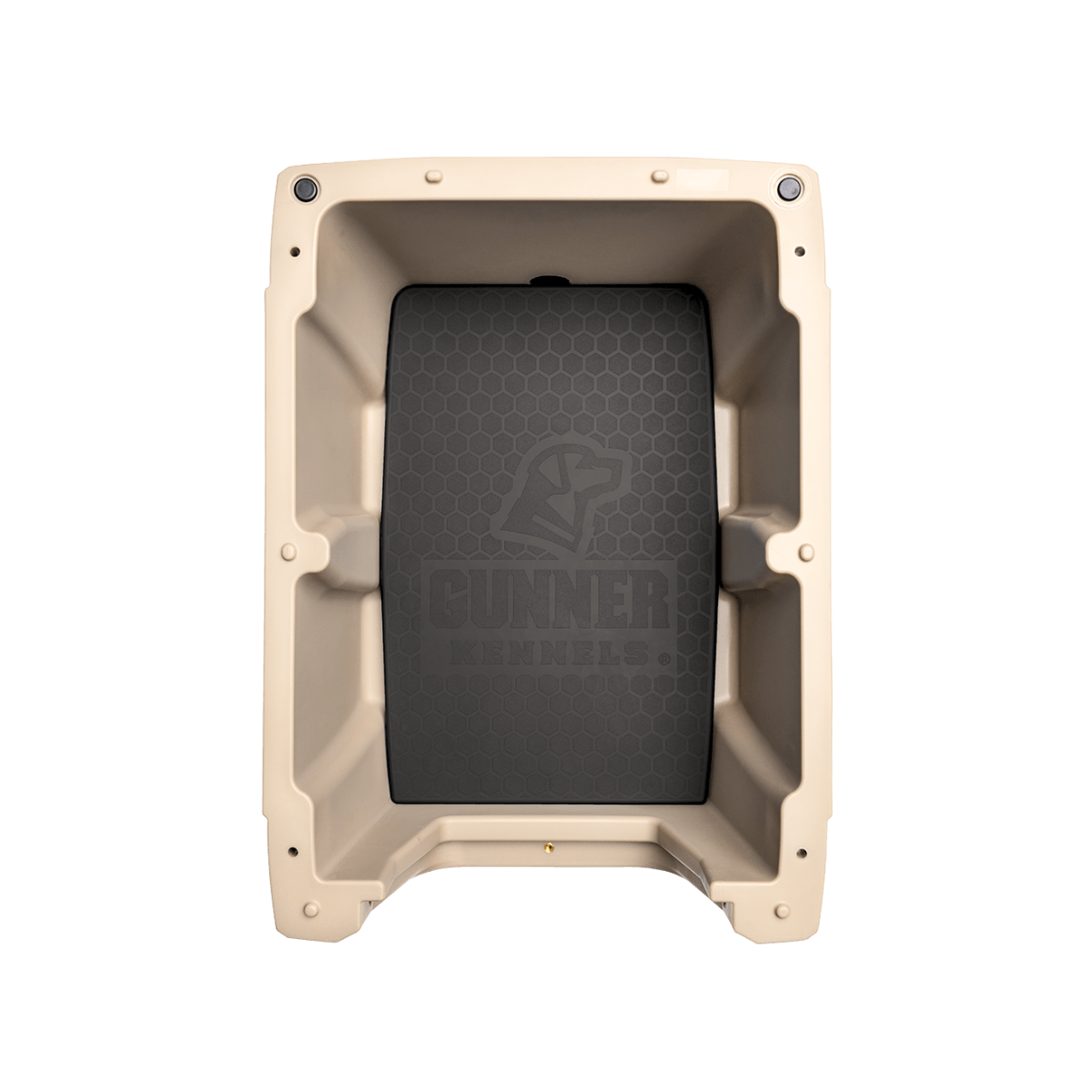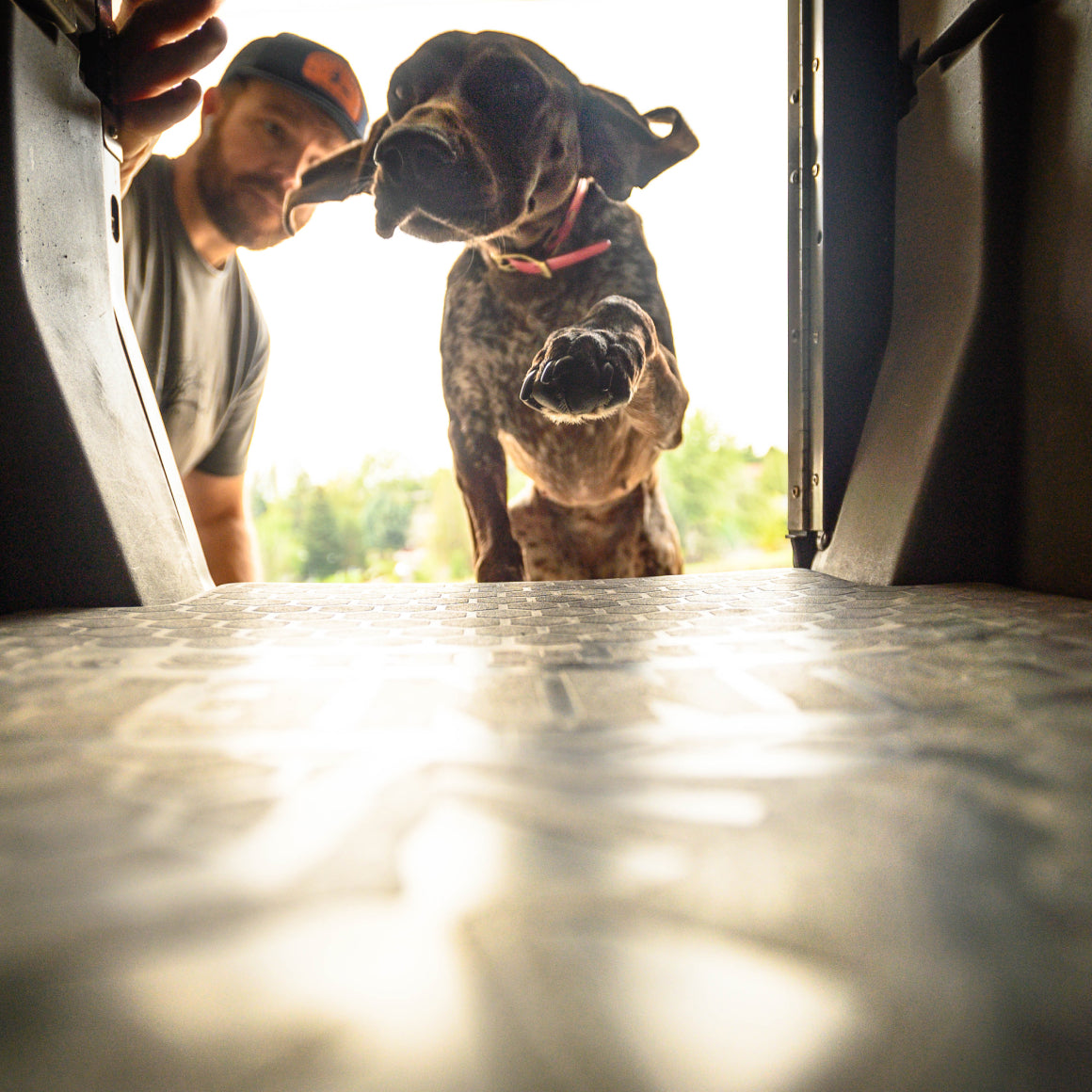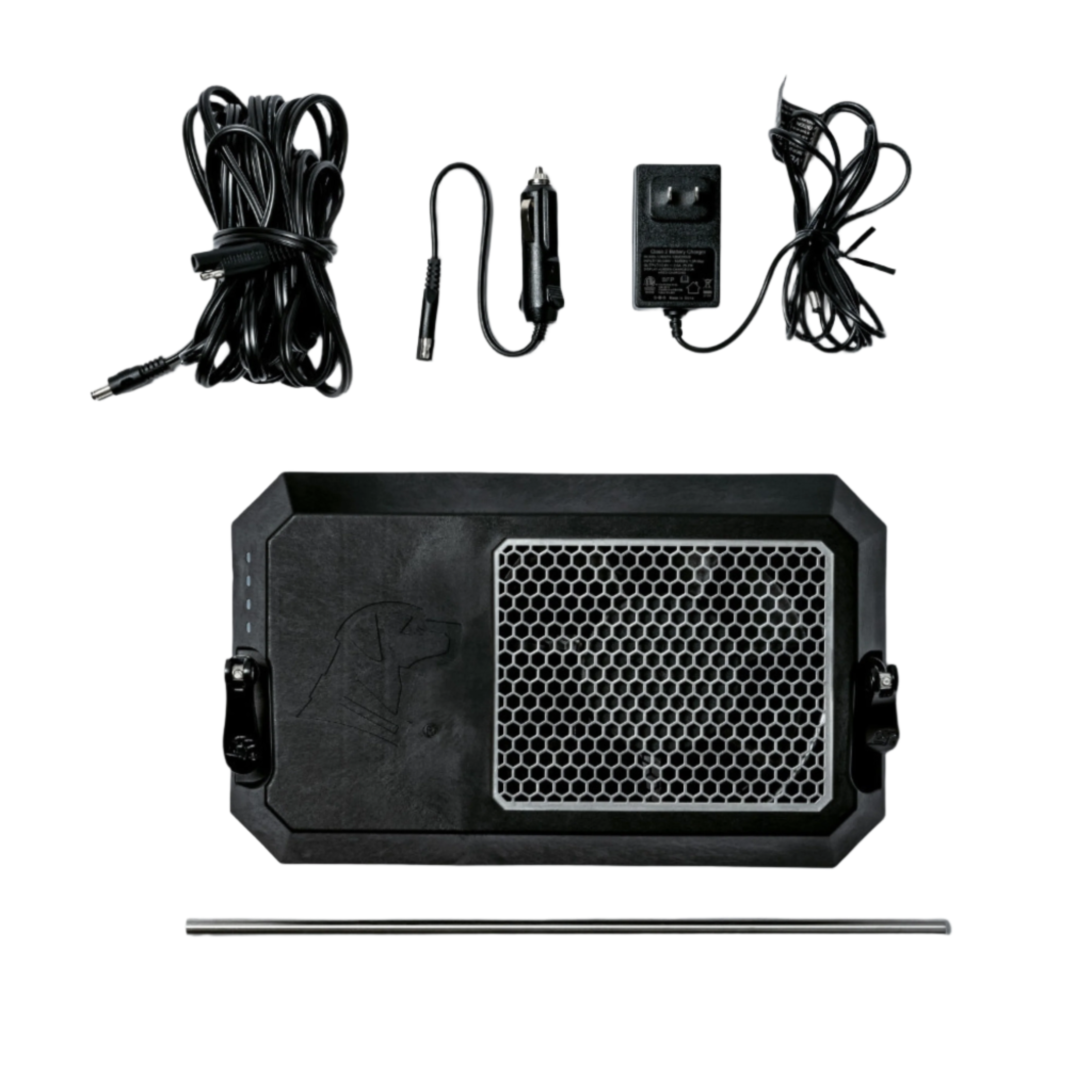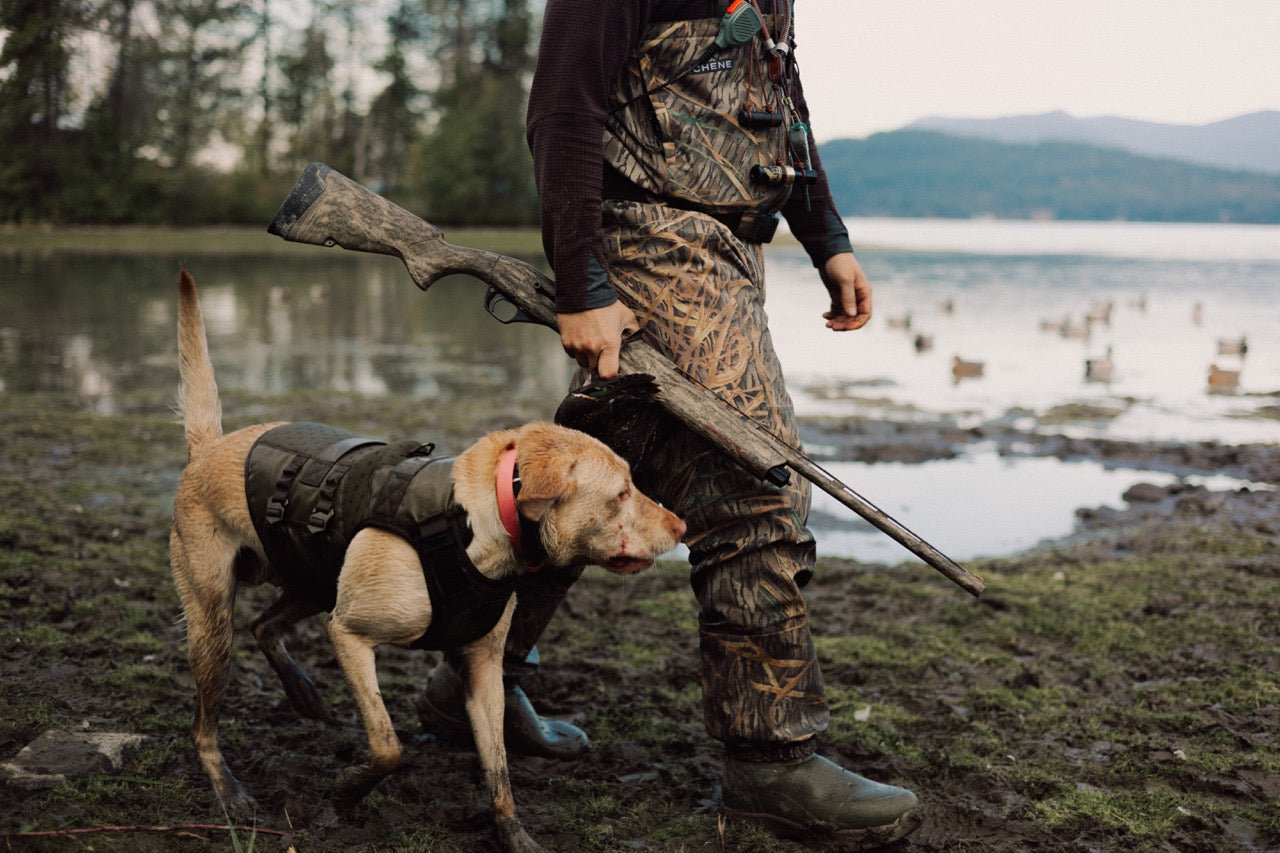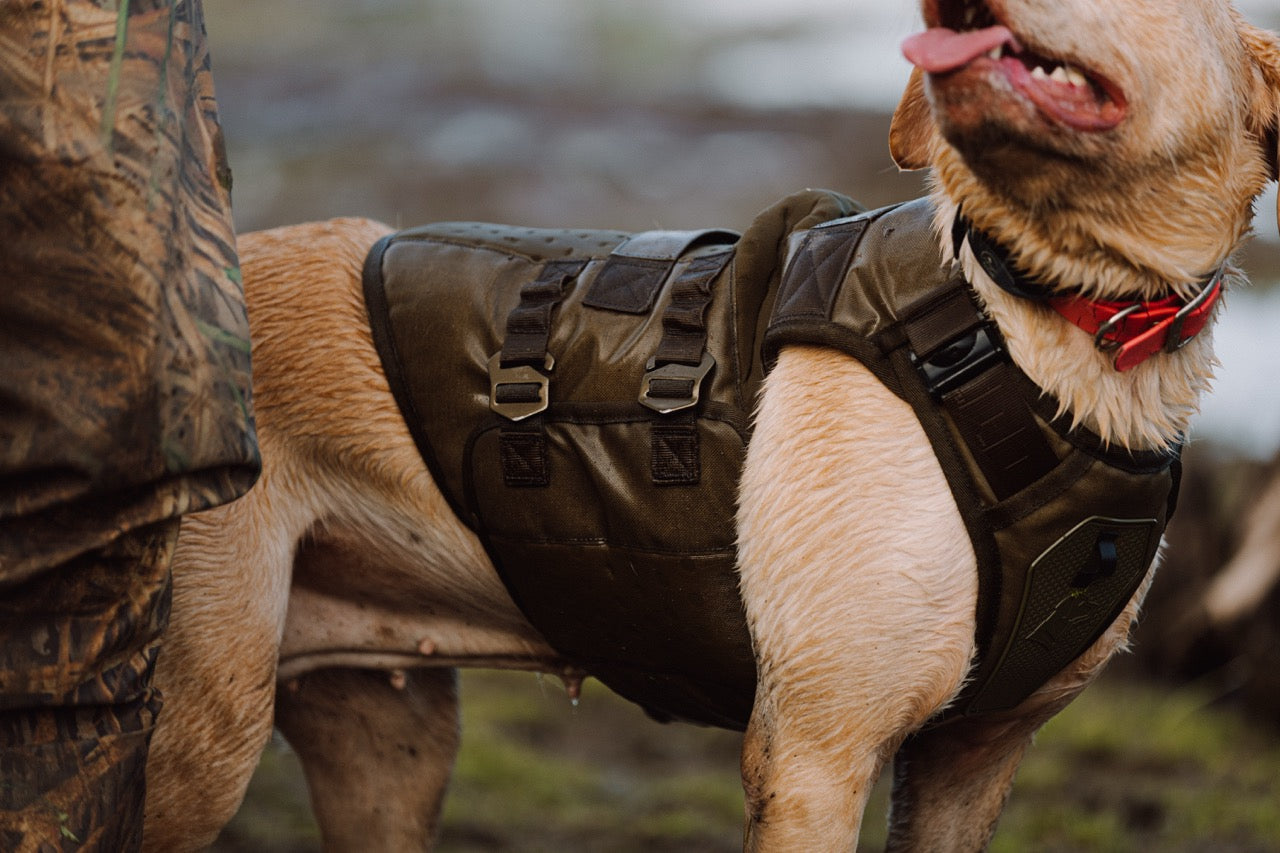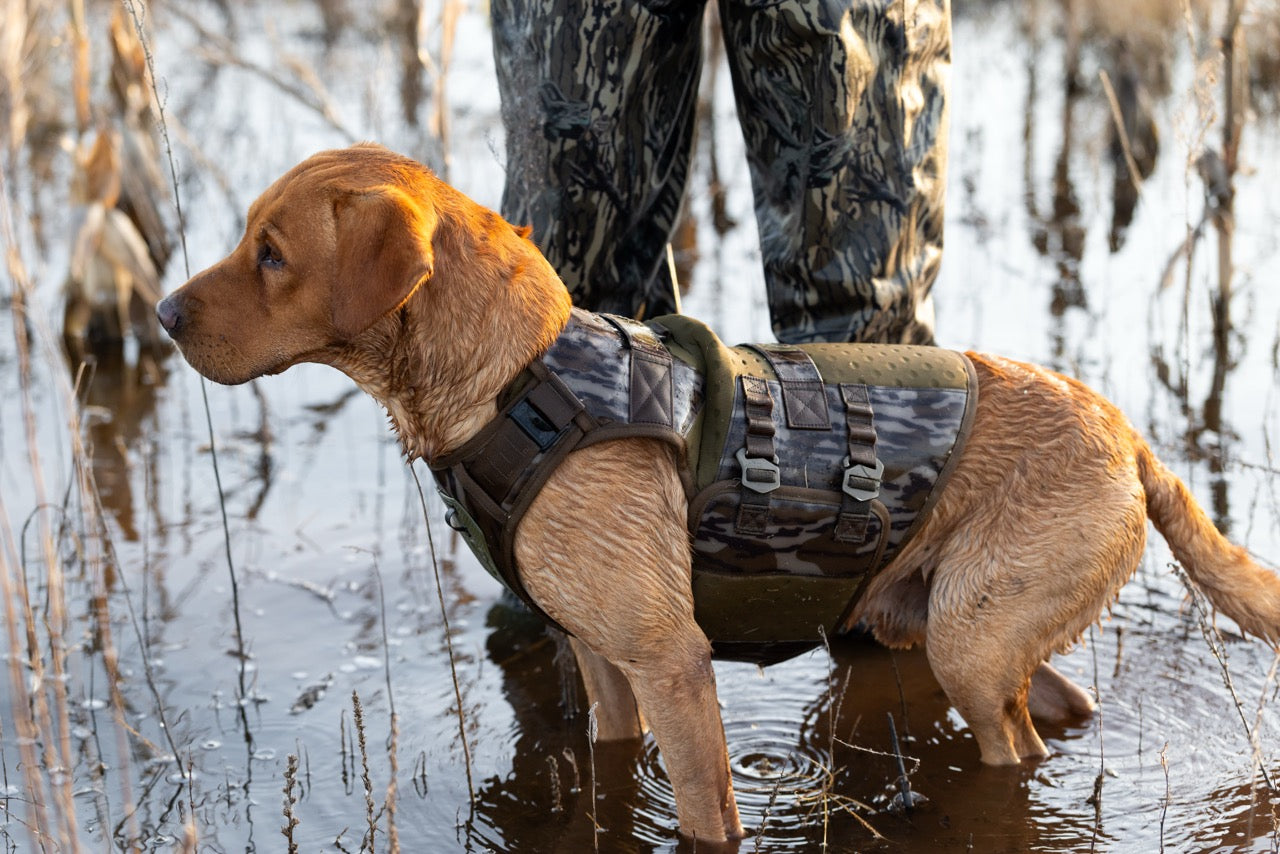By Dr. Seth Bynum | @birddogvet
The chill of winter ushers in some of the hottest hunting of the year. The Greenheads are on the move and hungry, while the pheasants hold tight with their best escape routes buried in snow. As a veterinarian known to take a sick day or two when winter hunting conditions look perfect, I’m no stranger to bundling up and braving harsh conditions for the chance to get outdoors with the dogs. But how do I determine when it’s safe to bring my bird-crazy canines along or when it’s best to leave them home?
“How cold is too cold for a dog?” is a common query I field this time of year, and I wish I could give my fellow hunters a response as cut and dry as a bare hand in a winter duck blind.
The answer, of course, involves many variables. I’ll do my best to lay out the parameters I factor in when executing a winter hunting game plan.
Every Dog is Different
First — and pardon the spoiler here — there’s no one number on the thermometer that serves as a threshold below which it’s unsafe to load up the dogs. Breed, age, sex, reproductive status and body condition all play major roles in determining cold weather tolerance. We all have that burly hunting buddy who hunts in a t-shirt late season and another that needs a down jacket for September teal. Dogs act much in the same way, of course. A veteran ice-busting Chesapeake will tolerate colder conditions better than a svelte, young Vizsla.

Environmental Factors to Consider
Instead of temperature, focus on humidity and wind as weather conditions that can make the difference between mild discomfort and danger. In the field or in the kennels, I’ll take dry, calm but cold conditions over cool, wet and windy any day. I’ve had dogs thrive in single digits under sunny skies and called it quits on blustery days with moisture and much warmer ambient temperatures.
You must also consider the intensity of the activity when calculating your dog’s risk in winter weather. Consistent, high-caliber field work generates incredible core heat, even in frigid circumstances, while slow, wet days in the duck marsh can quickly chill even the hardiest of canines.
The same conditions hold true before and after the hunt. For transportation in moderate to cold conditions, I run the new All Weather Kit to create a wind and precipitation barrier for the dogs. I monitor ambient temperatures in each kennel with bluetooth thermometers, and I’ve found that the new AWK reduces the rate and extent to which the inside of the kennel cools en route to the field. I also utilize Gunner’s orthopedic bed for its support and comfort as well as its insulation properties.
My Personal Approach
As a shorthair owner, I draw the line at loading up wet dogs in conditions below 40 degrees, especially when our route home involves long commutes at highway speeds. As winter progresses and these climate situations become more commonplace where I live, I switch out my bed rack with a canopy. This move provides an extra layer of protection from the elements and allows me to cover the kennels in blankets for long or overnight trips.
Since I spend most of my workday covered in dog hair, I try hard to keep the cab of my truck a pet-free sanctuary. However, I’m not opposed to bringing the dogs inside with me to warm up if necessary. After a recent triple retrieve on geese over an icy prairie pond, I offered my youngest dog a dry towel and some quality time by the floorboard heater. While she appreciated the gesture and the bonding time, I kept her there only until the chill subsided. For the drive home, I wanted her safe and secure back in the Gunner.
Dr. Seth Bynum (@birddogvet) is a native of North Carolina but has lived in the west for more than 20 years. Outside of his Veterinary practice, as an avid outdoorsman, writer and photographer, Dr. Bynum spends his free time casting a fly or in the field with his German shorthairs. He is the author of numerous articles covering his outdoor pursuits and veterinary advice for owners of sporting breeds. His work has appeared in Gun Dog magazine, and the official journals for Pheasants Forever, Quail Forever and the Ruffed Grouse Society. He is a regular contributor for hunting and fishing content for MeatEater as well.

